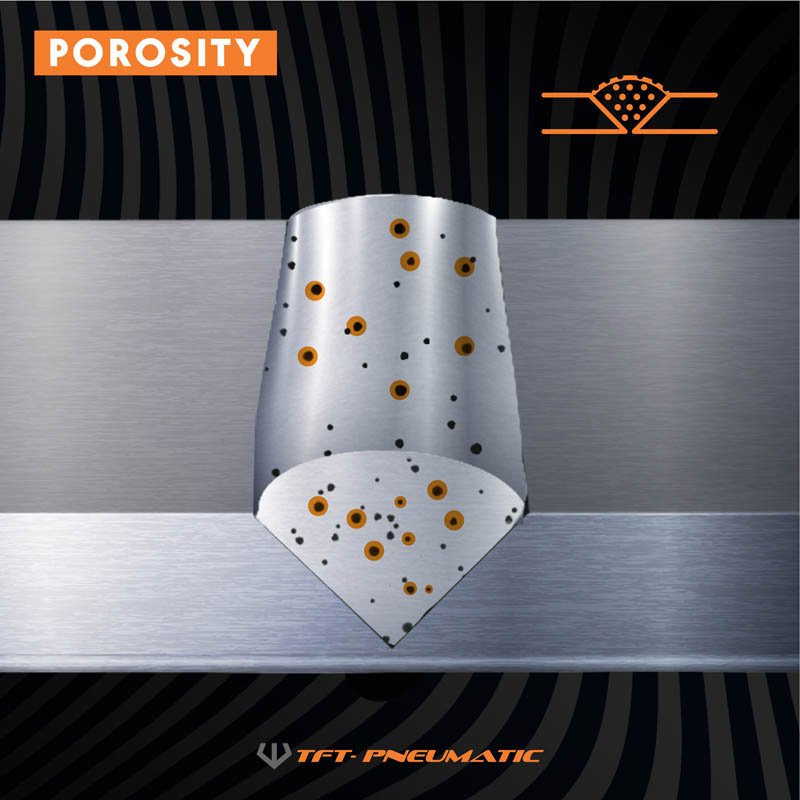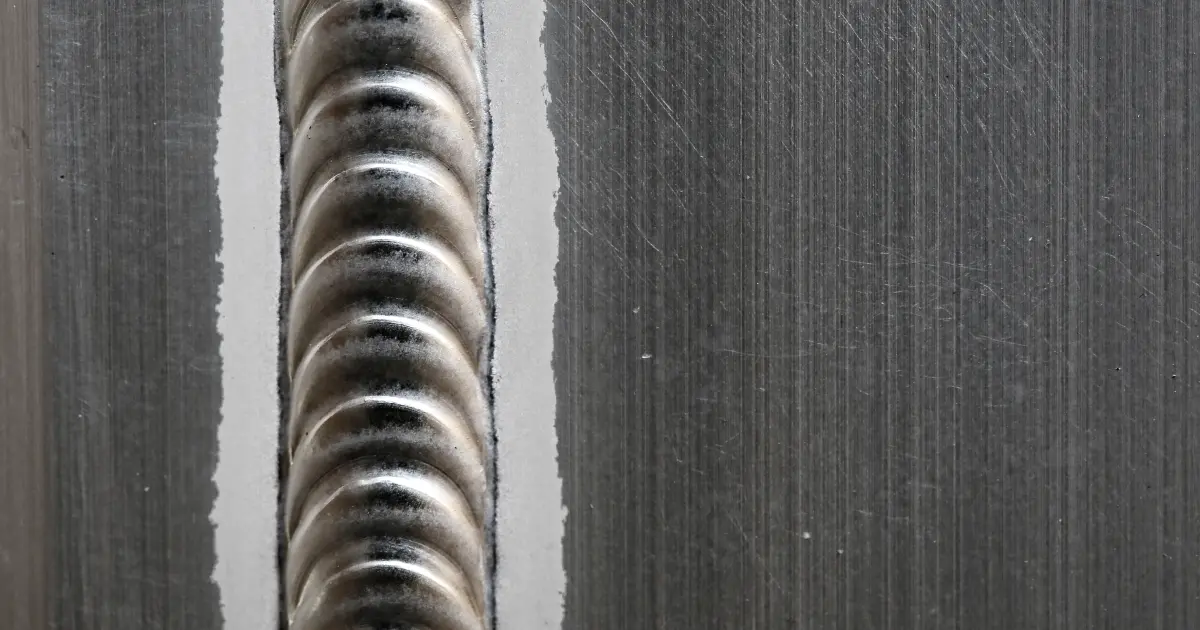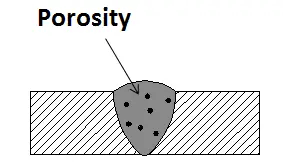Understanding Porosity in Welding: Exploring Causes, Results, and Avoidance Techniques
Porosity in welding is a persistent difficulty that can substantially impact the quality and honesty of welds. As experts in the welding industry are well conscious, understanding the causes, impacts, and avoidance methods related to porosity is critical for attaining durable and reliable welds. By delving into the source of porosity, examining its damaging results on weld top quality, and exploring efficient prevention techniques, welders can enhance their knowledge and skills to create top quality welds constantly. The complex interplay of factors adding to porosity needs an extensive understanding and an aggressive strategy to make certain effective welding results.
Common Reasons For Porosity
Contamination, in the type of dirt, oil, or rust on the welding surface, develops gas pockets when heated up, leading to porosity in the weld. Incorrect protecting happens when the shielding gas, commonly utilized in procedures like MIG and TIG welding, is incapable to fully protect the liquified weld pool from responding with the bordering air, resulting in gas entrapment and succeeding porosity. Furthermore, insufficient gas coverage, commonly due to incorrect circulation rates or nozzle positioning, can leave components of the weld unsafe, allowing porosity to form.
Impacts on Weld Quality
The presence of porosity in a weld can considerably jeopardize the total quality and honesty of the bonded joint. Porosity within a weld produces spaces or cavities that compromise the framework, making it extra prone to cracking, corrosion, and mechanical failure. These spaces serve as anxiety concentrators, decreasing the load-bearing capacity of the weld and increasing the probability of early failing under used tension. Additionally, porosity can likewise act as prospective websites for hydrogen entrapment, further worsening the destruction of the weld's mechanical properties.
In addition, porosity can impede the efficiency of non-destructive testing (NDT) techniques, making it challenging to identify various other flaws or stoppages within the weld. This can cause considerable safety concerns, especially in crucial applications where the architectural stability of the welded elements is paramount.

Prevention Techniques Summary
Given the destructive impact of porosity on weld high quality, effective avoidance techniques are important to keeping the structural integrity of bonded joints. One of the primary avoidance methods is comprehensive cleansing of the base materials before welding. Impurities such as oil, grease, rust, and dampness can add to porosity, so ensuring a tidy job surface is important. Correct storage of welding consumables in completely dry problems is additionally crucial to avoid moisture absorption, which can bring about gas entrapment during welding. Furthermore, selecting the suitable welding criteria, such as voltage, existing, and travel speed, can assist minimize the danger of porosity formation. Guaranteeing ample shielding gas circulation and protection is an additional critical avoidance technique, as inadequate gas coverage can lead to atmospheric contamination and porosity. Proper welder training and accreditation are important for implementing preventative steps properly and consistently. By incorporating these prevention techniques right into welding methods, the occurrence of porosity can be dramatically minimized, causing more powerful and a lot more trustworthy bonded joints.
Relevance of Proper Protecting
Appropriate shielding in welding plays an important function in preventing atmospheric Check Out Your URL contamination and making certain the honesty of welded joints. Shielding gases, such as argon, helium, or a combination of both, are frequently utilized to protect the weld swimming pool from responding with components in the air like oxygen and nitrogen. When these responsive aspects enter call with the warm weld swimming pool, they can cause porosity, leading to weak welds with click to find out more lowered mechanical properties.

Inadequate securing can result in various issues like porosity, spatter, and oxidation, jeopardizing the architectural integrity of the bonded joint. Adhering to appropriate shielding techniques is essential to create high-grade welds with minimal problems and make sure the durability and integrity of the bonded parts.
Monitoring and Control Methods
Exactly how can welders successfully keep an eye on and control the welding process to guarantee optimal results and protect against issues like porosity? By continuously keeping track of these variables, welders can determine discrepancies from the perfect conditions and make prompt changes to protect against porosity formation.

In addition, carrying out appropriate training programs for welders is vital for keeping track of and controlling the welding process efficiently. What is Porosity. Educating welders on the relevance of preserving consistent criteria, such as appropriate gas securing and take a trip speed, can aid avoid porosity issues. Normal evaluations and accreditations can likewise ensure that welders excel in surveillance and managing welding procedures
Moreover, using automated welding systems can boost tracking and control capacities. These systems can exactly manage welding specifications, minimizing the probability of human mistake and making sure consistent weld high quality. By incorporating sophisticated tracking technologies, training programs, and automated systems, welders can you can try here successfully monitor and manage the welding procedure to reduce porosity flaws and accomplish premium welds.
Verdict

Comments on “What is Porosity in Welding: Comprehending Its Causes and Enhancing Your Skills”